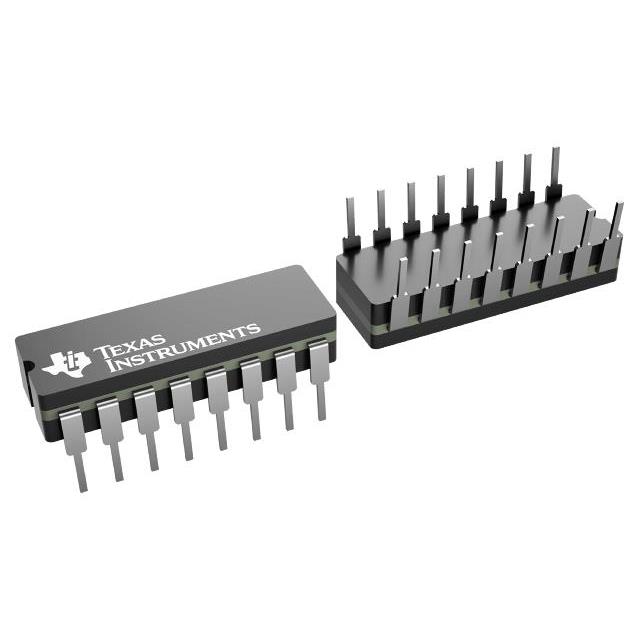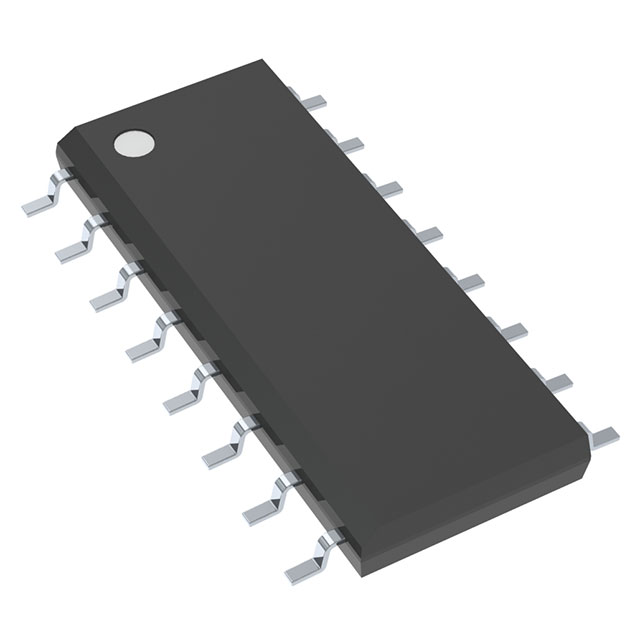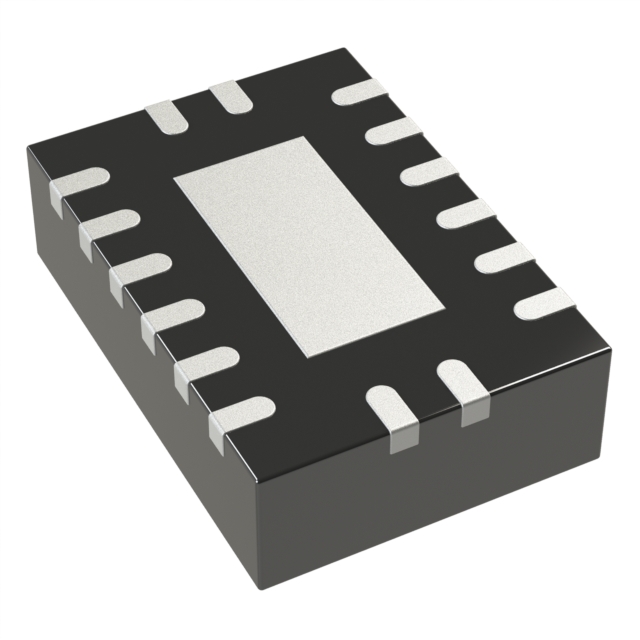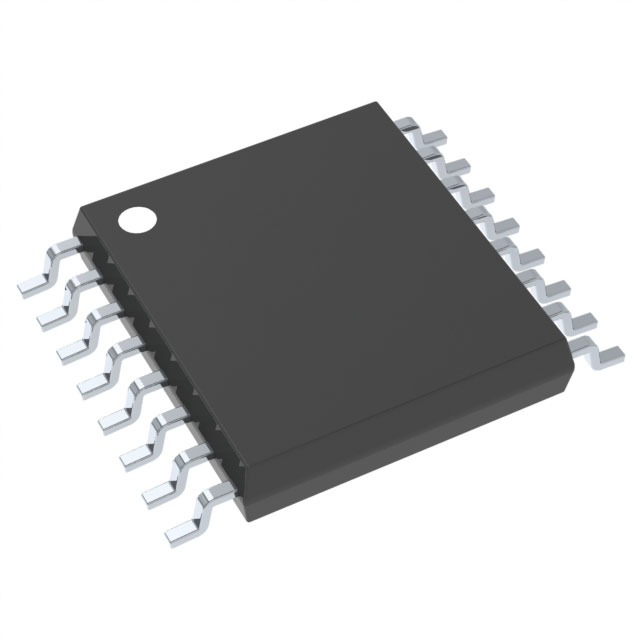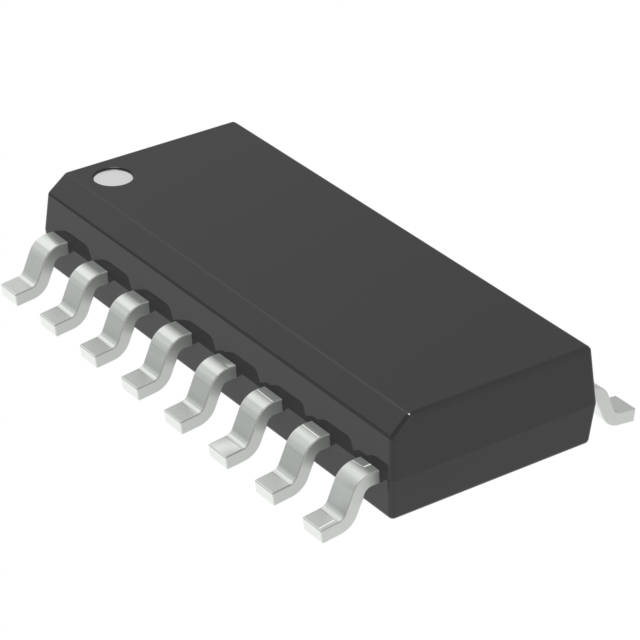

Pushbutton Switches:Description,Applications and Types
Catalog
What Are Pushbutton Switches?How Do Pushbutton Switches Work?Difference Between Pushbutton Switches and Tactile SwitchesDisadvantages and Advantages of Pushbutton SwitchesApplications of Pushbutton SwitchesJMChip Pushbutton OfferingsFrequently Asked QuestionsWhat Are Pushbutton Switches?
Pushbutton switches are a kind of electrical switch that controls an electrical circuit by simply pressing a button. This type of switch, also called a push switch, is a mechanical switch used to manage the flow of electric current in an electronic circuit.
They are usually used for momentary operations, meaning you press the switch to connect or disconnect the electrical flow, and it goes back to its original position when you let go.

Pushbutton Switches
How Do Pushbutton Switches Work?
When you press the button, it makes or breaks an electrical connection, which allows or interrupts the flow of electricity in the circuit. Pushbutton switches are widely used in many electronic devices, control panels, and situations where a user needs to turn a function on or off.
These switches come in different shapes and sizes, but they usually consist of a housing or enclosure and a button, or actuator, that is meant to be pressed. The actuator can be made from materials like plastic or metal, and it connects to the switch mechanism inside the housing.
Pushbutton switches can be either momentary or latching.
Momentary: With a momentary pushbutton switch, the circuit is connected (or disconnected) only while you are actively pressing the button. Once you let go, the connection is broken.
Latching: Latching pushbutton switches have two stable states, meaning they stay in the position you push them into until you press them again to change the state. This allows them to maintain either an open circuit or a closed circuit until you manually switch to the other state.
Difference Between Pushbutton Switches and Tactile Switches
Tactile switches and pushbutton switches are both types of mechanical switches used to control electrical circuits, but they have some differences in design, functionality, and tactile feedback.
Tactile switches are made to give feedback to the user when the switch is activated. When you press a tactile switch, you can feel a noticeable “click” or resistance, which confirms that the switch has been activated. This tactile feedback is often preferred in situations where precise control is essential, as it helps prevent accidental presses.
Pushbutton switches can vary in terms of tactile feedback. Some push switches might provide a tactile click like tactile switches, but not all of them do. There are also pushbutton switches that offer a smoother and quieter action without a distinct tactile feel.
Tactile switches are usually momentary, meaning the electrical connection is made only while you are actively pressing the switch. Once you release the button, the connection is broken. Pushbutton switches, however, can be either momentary or latching. Momentary push switches are similar to tactile switches because you press them to make a connection and release them to break it. Latching pushbutton switches, on the other hand, can hold their state (either open or closed) until you manually switch to the other state.
Disadvantages and Advantages of Pushbutton Switches
Pushbutton switches are intuitive and easy for users to operate. They come in various shapes, sizes, and designs to fit different applications, and they can be customized for specific needs, making them versatile for many functions.
Quality pushbutton switches are often built to handle a large number of actuations, making them durable and reliable for long-term use. In many cases, these switches can also include visual indicators, like LEDs, to show the current status of the switch, such as whether a device is on or off.
However, most pushbutton switches are designed for simple on/off control. They may not work well in applications that need variable control or multiple functions from a single switch. Typically, they have a single-pole, single-throw (SPST) configuration, meaning they can only make or break one electrical connection.
Pushbutton switches are usually used for low to moderate current applications. For high-current or high-voltage uses, larger and sturdier switches might be necessary. If you have limited space, tactile switches could be a better option because they have a smaller profile.
Applications of Pushbutton Switches
- Telecommunications
- Networking
- Computers and servers
- Performance audio
- Instrumentation
- Low power on/off designs
- External hard drives and modems
- Consumer electronics
- Medical devices
JMChip Pushbutton Offerings
Choosing the right size, style, and functionality of a pushbutton is usually based on the application. JMChip provides a wide range of pushbutton switches, from miniature sizes with low current ratings to industrial switches designed for high power and horsepower ratings.
Many pushbutton switches come with an IP rating of IP54, IP65, or IP67, depending on the series. JMChip offers endless options for shapes and styles, including square, round, oval, and rectangle, with some switches featuring caps.
You can also find multiple termination options within the pushbutton family, such as solder lug, PCB pin, right angle PCB pins, vertical PCB pins, surface mount, socket, and tab.
Frequently Asked Questions
When Did They Stop Using Push Button Light Switches?
The introduction of cheaper and more efficient toggle switches led to a gradual decline in the use of push button switches. By the 1960s, they had mostly disappeared from new homes.
Are Old Push Button Light Switches Safe?
Push-button light switches are charming pieces of early 20th-century home design, often found in historic houses built between 1890 and 1940, during the early days of residential electricity. While these vintage fixtures add character to older homes, they can also raise safety concerns and may not function well.
How Do I Know If My Push Button Switch Is Bad?
If your multimeter shows an open circuit or a reading that is significantly different from zero ohms, this indicates a faulty switch. In this case, you may need to replace the switch with a new one.
Are Toggle Light Switches Outdated?
While toggle switches might have a vintage look, they are not outdated. Many modern versions are compatible with smart home systems, allowing you to control your lights remotely or set up automated lighting schedules. This mix of old and new is a big part of their appeal.
What Are the Push Button Defects?
4 Common Problems of Push Button Switches
What Happens If the Push Start Button Doesn’t Work?
You can try replacing the battery in your key fob or using the emergency key inside the fob to start your car. Another possible cause could be a faulty switch or sensor in the push start button and/or the brake pedal. These components need to function properly for your car to recognize that you are ready to start the engine.
Why Is My Push Button Switch Not Working?
In conclusion, push button faults can happen for various reasons, including power issues, damaged buttons, loose cables, control circuit failures, jammed buttons, worn internal parts, non-responsive button keys, damaged button keys, and timer problems.
Do Household Light Switches Go Bad?
Light switches are easy to take for granted. Most of them will last for decades, and aside from occasional cleaning, they are pretty much maintenance-free. However, time and wear will take their toll, and eventually, you might notice that a light switch in your home is showing signs of failure.
Can a Bad Light Switch Cause a Fire?
While a tiny spark might not be a cause for immediate concern due to the rapid movement of electricity, any spark that is large, persistent, or accompanied by smoke needs immediate attention. This is not something to take lightly, as it can lead to electrical fires.
Subscribe to JMBom Electronics !



